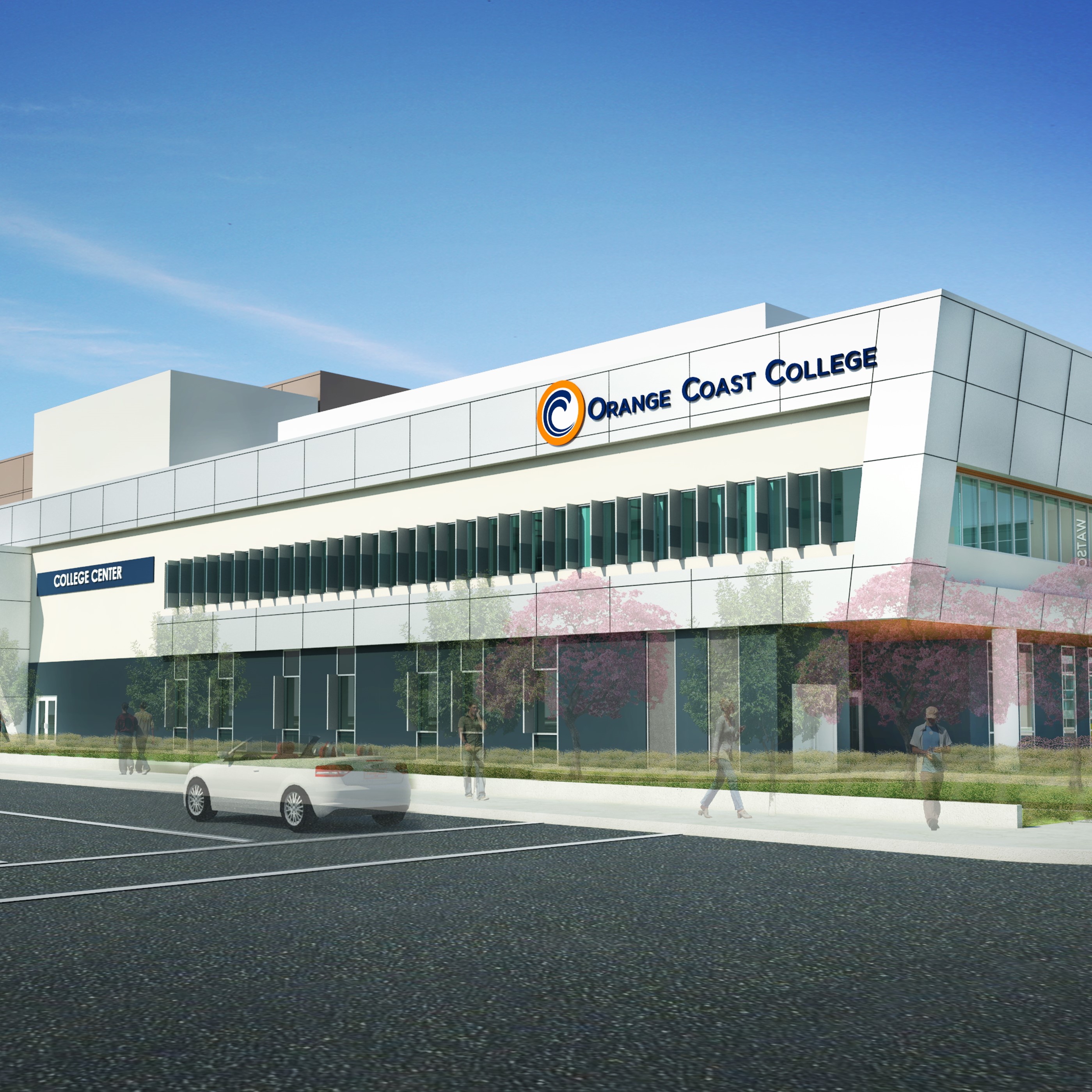By David Amundson, Project Executive at C.W. Driver Companies
Pioneered by General Electric’s Lawrence Miles, value engineering is a strategy that today is an essential part of the planning process for all construction projects, especially higher education facilities. Whether a student union, student housing, or classroom building, there are a multitude of ways to reduce costs while still meeting the university’s ultimate vision for functionality and design. Given the increasing material and labor costs our industry continues to experience, it is more important than ever to utilize value engineering methods to help make up for the growing expenses.
Here are a few examples of value engineering tactics C.W. Driver commonly implements on higher education projects:
- Polished concrete is a more cost-effective choice than many other flooring types. It offers many benefits to higher education facilities because it is extremely durable, low maintenance, and easy to clean. Polished concrete is especially useful in kitchens, dining commons, and student unions, where spills and moisture can damage other types of flooring. In science and technology-focused buildings, it is much more conducive to withstand heavy equipment and tools. With the preference toward an industrial look at many modern colleges, polished concrete is a no-brainer that enhances aesthetics while saving short-term installation and long-term maintenance costs.
- Standing seam metal panels can achieve a similar look as aluminum composite metal panels while providing significant cost savings. On a recent C.W. Driver higher education project, shifting the design from aluminum composite to standing seam saved the college $300,000 while maintaining the architectural look of the building. Standing seam is also known for its durability, longevity, and energy efficiency, making it an excellent choice for a wide variety of higher education buildings.
- Cement stabilization of soil can be a smart option when wet, or liquefaction soil is present on the building site. During a recent project for a university, the large amount of rain we had experienced made the already wet soil unable to be dried out by mixing with the onsite dry soil and unable to be built upon due to a lack of compaction. It would have cost $300,000 to export the wet soil and import that amount of new, dry soil, so instead we chose to cement stabilize the existing soil. The total cost was $150,000 – half the cost for the same end result.
- Vinyl windows can be a cost-conscious alternative to storefront windows, which have gone up in price substantially in recent years. Vinyl windows are light yet durable and fit in nicely with a wide variety of building styles, especially student housing projects, making them a smart alternative to storefront – which are not always necessary to achieve a desired look. Additionally, it is often possible to decrease costs by reducing the total number of windows in the project. By considering optimum sunlight exposure in the design phase, windows can be placed strategically, so fewer need to be used. Since installing plaster is less costly than windows, the result is significant cost savings without sacrificing natural light.
These are a few of the many value engineering strategies that can be used to help higher education facilities reduce costs without sacrificing quality or design. When the design-build team evaluates these types of cost-saving measures up front, we can help colleges and universities bring customized, state-of-the-art facilities to their students and faculty without breaking the bank.


